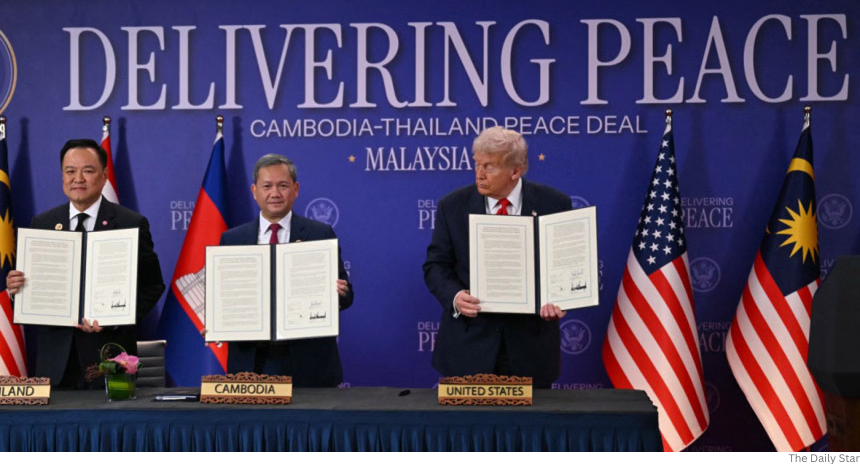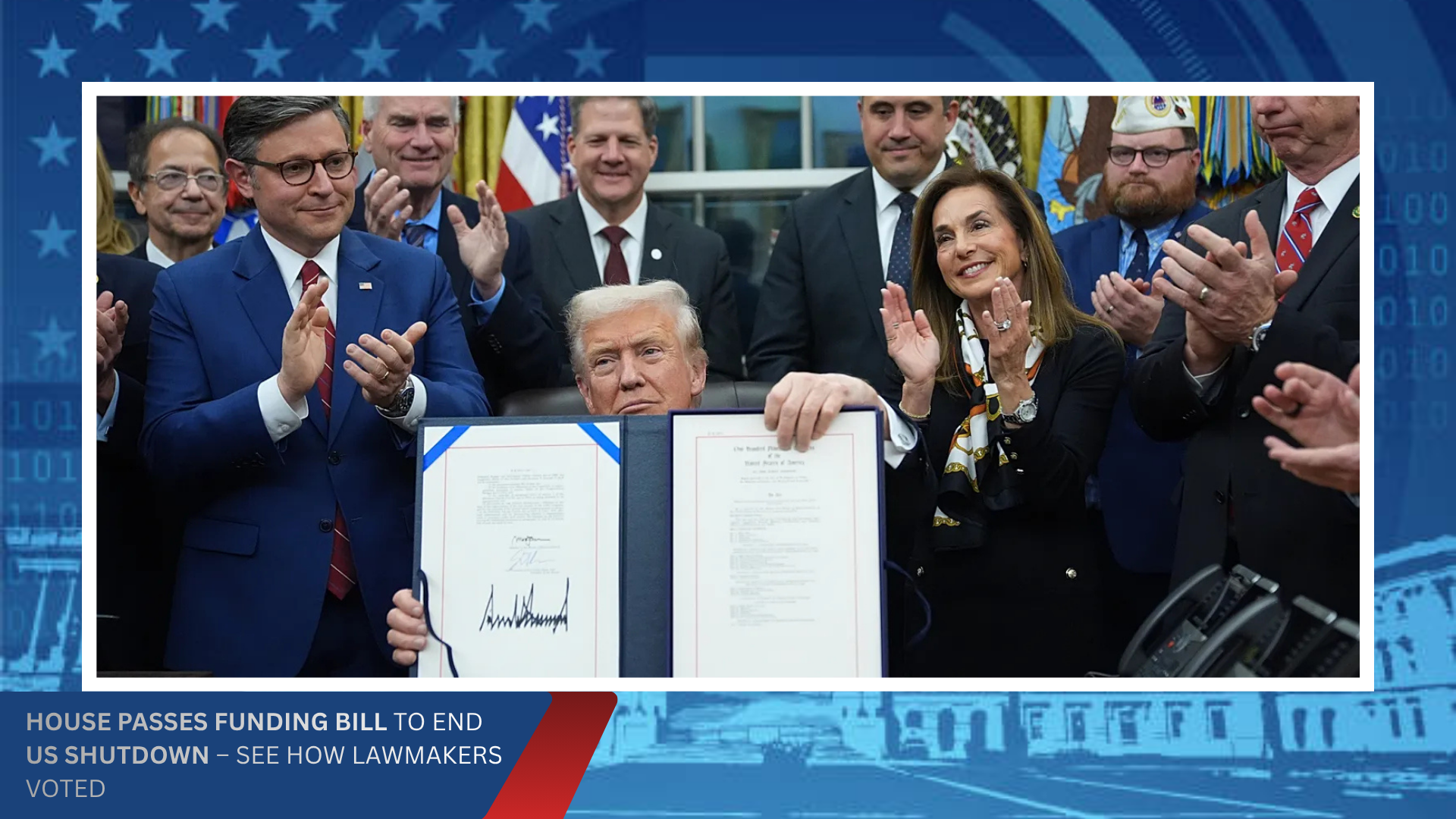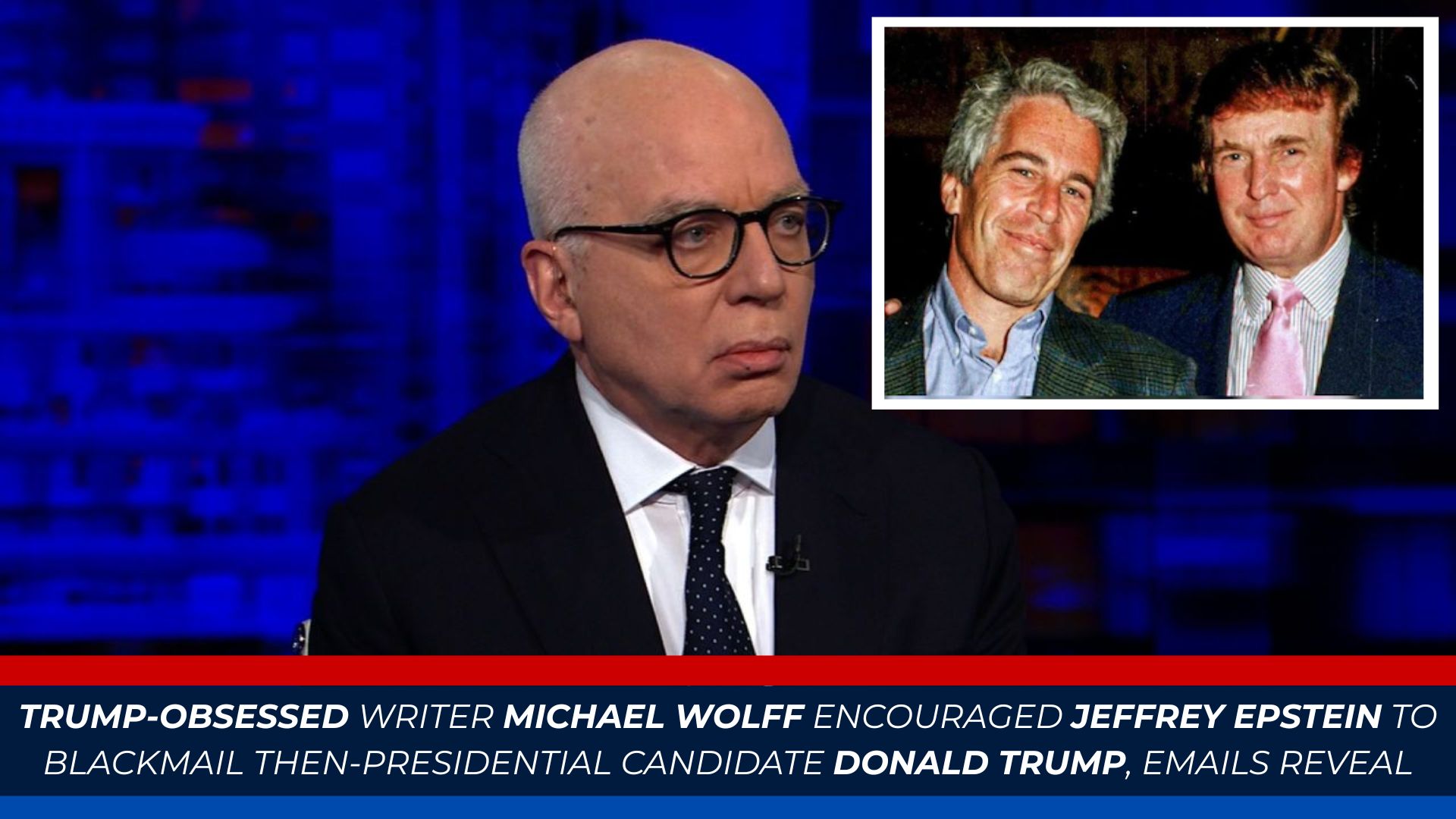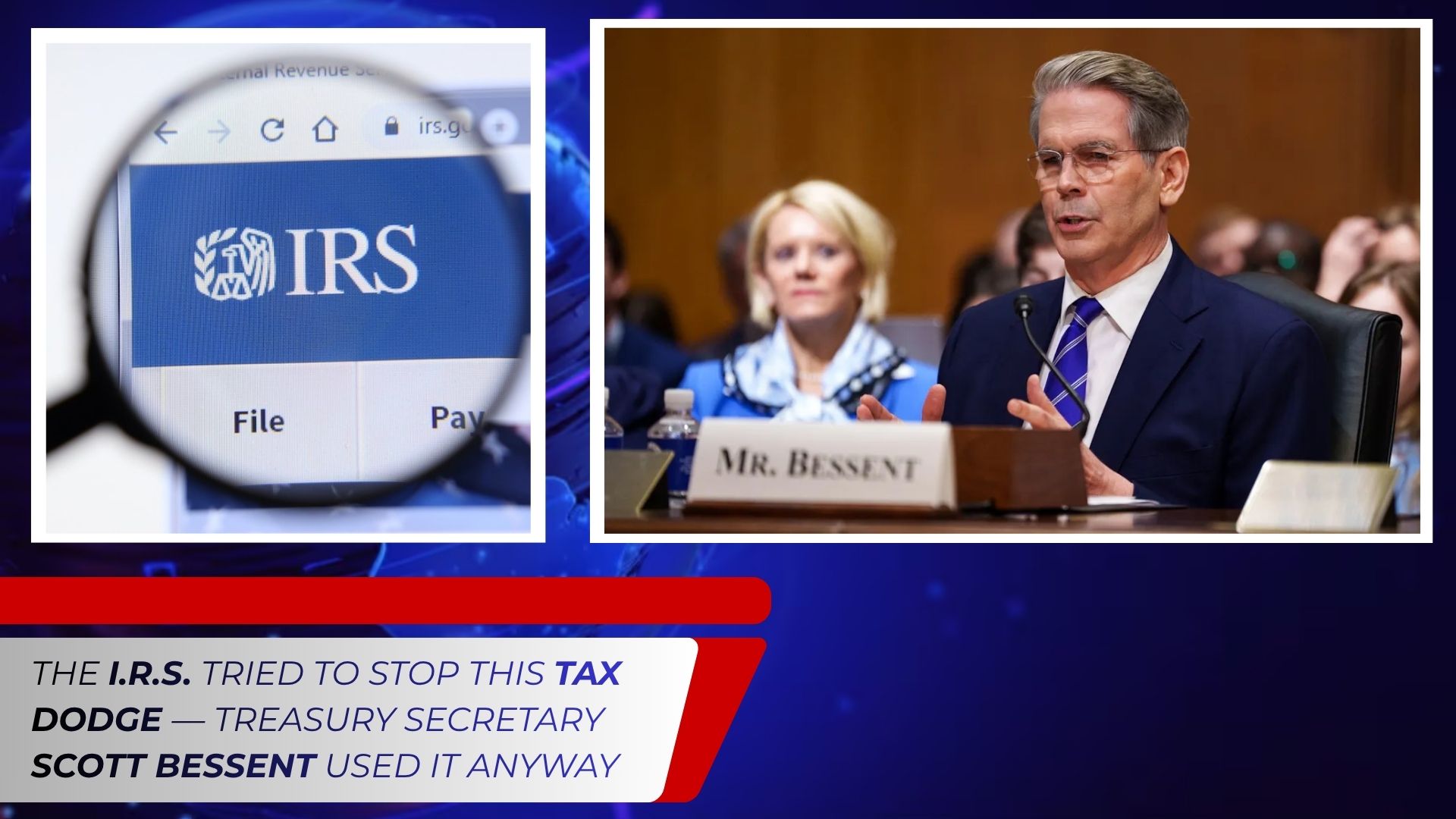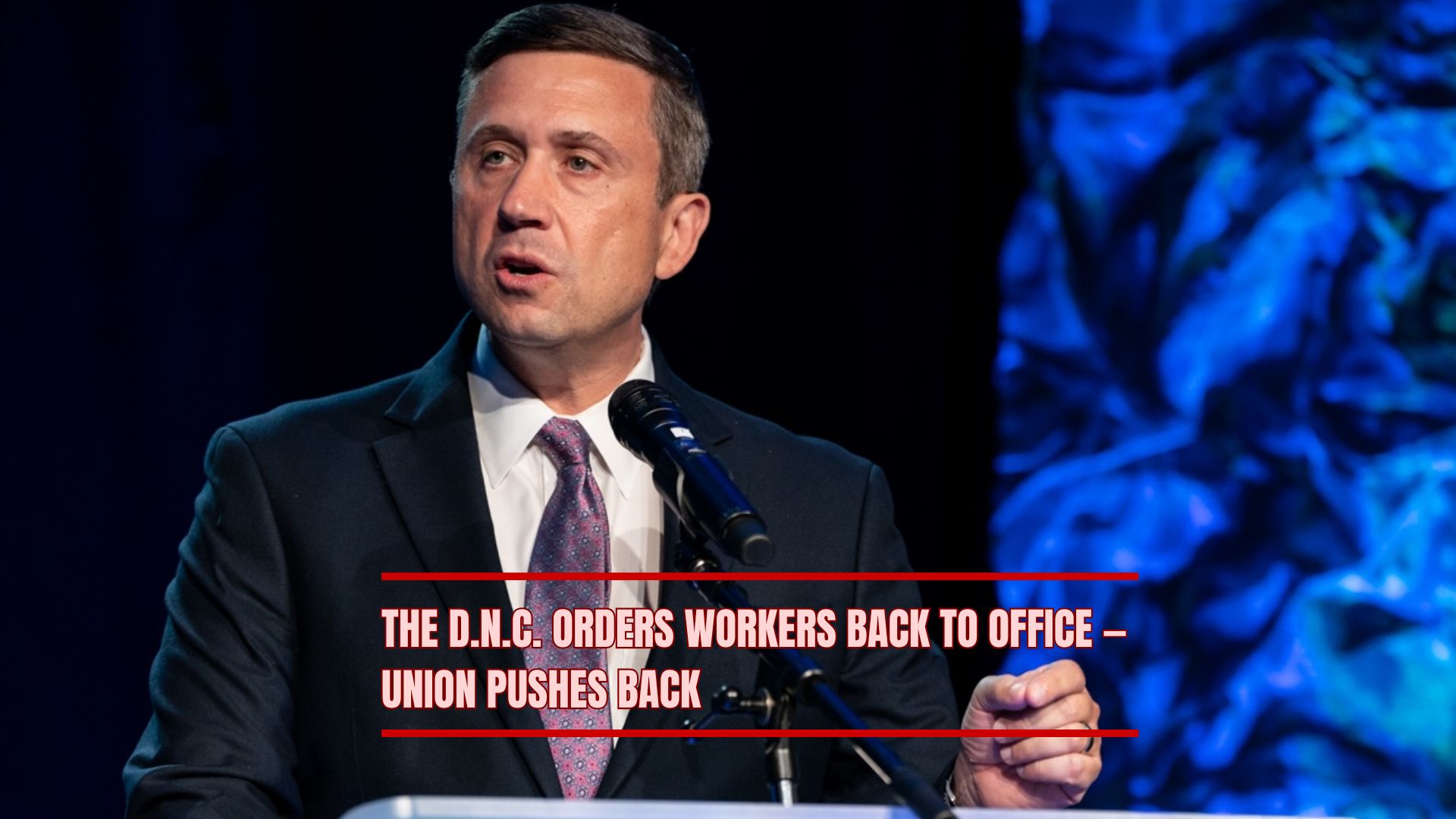President Donald Trump arrived in Kuala Lumpur on Friday, October 24, for the first stop of a weeklong, multi-country trip across Asia aimed at reaffirming U.S. influence in the region and discussing trade, security, and economic growth. The visit comes as the U.S. government shutdown stretches into its fourth week, raising questions about the president’s decision to travel abroad amid domestic gridlock.
Trump was greeted at Kuala Lumpur International Airport by Malaysian Prime Minister Anwar Ibrahim, senior members of the Malaysian Cabinet, and U.S. Ambassador to Malaysia Brian McFeeters. The president waved to reporters as he exited Air Force One, calling the visit “a tremendous opportunity to build prosperity and peace.”
“We’re here to strengthen our partnerships in Asia and to make sure America remains at the center of global trade and security,” Trump said in brief remarks on the tarmac. “Malaysia is an important ally and a vital economic partner for the United States.”
Focus on ASEAN Summit and regional cooperation
The centerpiece of Trump’s visit will be his participation in the 47th Association of Southeast Asian Nations (ASEAN) Summit, which opens Sunday in Kuala Lumpur. The summit, themed “Inclusivity and Sustainability,” will bring together leaders from across Southeast Asia, along with key dialogue partners including China, Japan, and South Korea.
Trump is expected to hold bilateral meetings with Malaysian Prime Minister Anwar Ibrahim, Japanese Prime Minister Sanae Takaichi, and Chinese Premier Li Qiang. Discussions will center on regional supply chains, maritime security, and ongoing tensions in the South China Sea.
A senior White House official said Trump plans to promote an agenda focused on “economic openness, sovereignty, and innovation,” with a particular emphasis on digital trade and energy cooperation.
“President Trump will use this visit to make clear that the United States is not retreating from Asia,” the official told reporters aboard Air Force One. “We are doubling down on our partnerships here.”
Trade tensions and global uncertainty
Trump’s trip comes at a critical moment for global trade. The president has threatened to nearly triple tariffs on Chinese imports beginning November 1 unless the two countries reach a new trade agreement. In response, Beijing has imposed retaliatory duties on several U.S. goods, including soybeans and technology components.
The tariff dispute has alarmed American farmers and manufacturers, who say the standoff could drive up prices and disrupt supply chains. Trump has downplayed the impact, arguing that his approach is “necessary to restore fairness and balance” in U.S.-China trade relations.
The president is scheduled to meet Chinese President Xi Jinping later in the week in Busan, South Korea, where the two leaders are expected to discuss the trade impasse and the broader economic relationship between the world’s two largest economies.
“We want fair trade. We want real trade,” Trump told reporters before departing Washington. “If China wants a deal, we’re ready — but it has to be a good one for the United States.”
A packed agenda in Malaysia
During his stay in Kuala Lumpur, Trump will attend a state dinner hosted by Prime Minister Anwar at Istana Negara, Malaysia’s national palace, and visit a U.S.-backed clean energy project highlighting cooperation on green technology. He is also expected to meet with American business leaders based in Southeast Asia to discuss investment opportunities and regulatory reforms.
Officials said Trump will deliver a keynote address at the U.S.-ASEAN Business Council Forum on Saturday, where he is expected to unveil new trade and infrastructure initiatives designed to expand American engagement in Southeast Asia.
The president’s delegation includes Secretary of State J.D. Vance, Treasury Secretary Vivek Ramaswamy, Commerce Secretary Linda McMahon, and U.S. Trade Representative Robert Lighthizer. National Security Adviser Richard Grenell and White House Chief of Staff Kellyanne Conway are also traveling with the president.
Balancing diplomacy and domestic challenges
The trip marks Trump’s first overseas travel of his second term and comes as Washington grapples with a prolonged government shutdown, now entering its 25th day. The shutdown, triggered by a budget standoff between the White House and congressional Democrats, has furloughed hundreds of thousands of federal workers and disrupted several agencies.
Critics, including Democratic lawmakers, have questioned Trump’s decision to travel abroad during the impasse. Senate Minority Leader Chuck Schumer said the president “should be in Washington working on reopening the government instead of flying overseas.”
White House Press Secretary Karoline Leavitt defended the trip, saying, “The president can manage both domestic and international priorities at the same time. American leadership abroad doesn’t pause because of political gridlock at home.”
Strengthening U.S.-Malaysia relations
Relations between Washington and Kuala Lumpur have warmed in recent years, with Malaysia playing a key role in counterterrorism efforts, technology manufacturing, and regional maritime cooperation. The two countries share more than $50 billion in annual trade and collaborate on cybersecurity, defense, and education initiatives.
Anwar Ibrahim, who took office in 2022, has sought to balance Malaysia’s close economic ties with China and its longstanding security cooperation with the United States.
In a statement released Thursday, Anwar called Trump’s visit “a testament to the enduring strength of Malaysia–U.S. relations” and said the summit would “chart a more inclusive, sustainable, and prosperous future for our region.”
Looking ahead
After leaving Malaysia, Trump will travel to Tokyo, Japan, on October 27, for bilateral talks with Prime Minister Sanae Takaichi and meetings with business leaders. He will then head to Busan, South Korea, on October 29, for a series of events with South Korean President Lee Jae Myung and the Asia-Pacific Economic Cooperation (APEC) forum, where he is expected to meet President Xi Jinping.
Despite the challenges at home, administration officials said the president sees this trip as an opportunity to reassert American leadership at a time of global uncertainty.
“This is about ensuring that the Indo-Pacific remains free, open, and prosperous,” a senior administration official said. “President Trump wants to show that the U.S. is fully engaged and ready to lead.”
As the sun set over Kuala Lumpur on Friday evening, Air Force One’s arrival marked not just the beginning of a diplomatic journey — but a renewed effort to define America’s role in an increasingly multipolar world.
%20(4).png)



